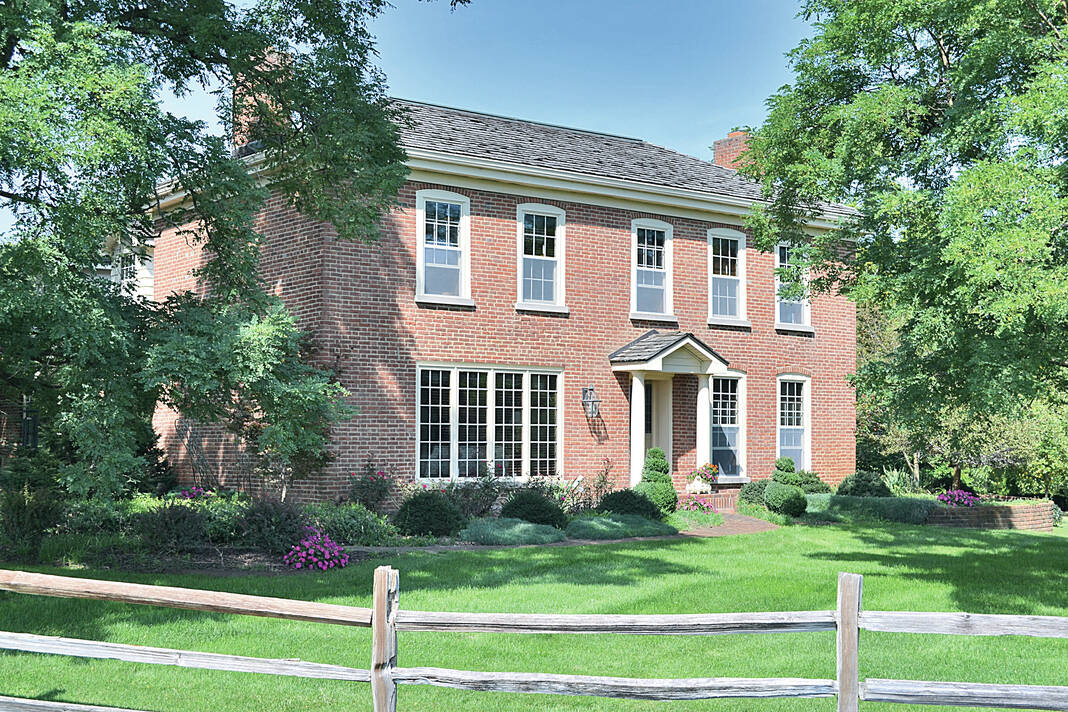
Nancy Town Site.
By Stephen Jackson | For The Times-Post
In spring 1826, John Ashby and his family settled in Jackson Township near what is known today as Hamilton, where West Eighth Street Road intersects with CR 600W.
John Ashby Jr. opened a tavern in 1842 and for some years afterward the town did a considerable volume of business undoubtedly influenced by the presence of the tavern.
Hamilton was laid out in 1836 by Henry Devlin, the agent of Conner & Stephenson of Noblesville who were active in locating towns and opening stores along the line of the Indiana Central Canal.
When it was first laid out the name of Hamilton was conferred upon it, but the post office established there some years later was called Zinnsburg.
Subsequently the name was changed to Halford, after Elijah Halford, an Indianapolis journalist.
At some point in time the name reverted to Hamilton.
Perkinsville and Hamilton are the only communities in the township.
In an area known years ago as the McClintock neighborhood, was the site of an old Nanticoke Indian village called Nancy Town.
Four miles east of there was another Nanticoke Indian village called Our Town.
Nancy Town was the first village of the Nanticoke Indians.
It was there in 1805, and probably earlier although no records have been found.
It was inhabited until 1813 when the tribe temporarily left the area.
Upon their return in 1815, Chief James Nanticoke and his wife, Nancy, located the village, called Our Town, nearer Anderson’s Town.
This conforms to the general consolidation of Indian villages near Anderson’s Town that was in evidence during the time period.
We are certain that Nancy Town was named after the chief’s wife by the traders who frequented the area.
It appears the Our Town site was occupied by the Nanticoke’s from roughly 1815 to 1821.
It was abandoned in 1821 as part of the general departure of the Delaware Indians and Nanticoke’s who were adhering to the terms set forth in the Treaty of St. Mary’s.
A beautifully restored home at the intersection of CR 800W and West Eighth Street Road now occupies the site of Nancy Town.
Likewise, the intersection of CR 400W and West Eighth Street Road is located very near the site of Our Town.
For a brief time it was recorded that a little hamlet called Nancytown was located in the same area as the former Indian village but became extinct.
Two other Jackson Township place-names seem to have had the same experience.
The first was called Business Corner.
The name suggests that at one time there was some activity in and around the intersection of CR 900W and CR 500N.
And apparently enough population for a one-room school by that name.
The second had the unusual name of Bell Rattle.
Like Business Corner there was enough population to warrant the construction of a one-room school house in the area.
It stood in a cow pasture on the southeast corner of CR 500N and 700W.
Local folklore states that the school and adjacent community took its name from the ringing noise generated by the bells that hung from the necks of the cows grazing in the pasture and particularly audible to the students when the windows and door of the schoolhouse were open.
In 1821, the Indiana General Assembly provided for the construction of two dozen state roads, many connecting to the new location for the state capital at Indianapolis.
One of these was to be a stage coach road from Indianapolis to Fort Wayne.
Construction was started in 1825 and completed three years later by companies operating out of both towns.
The road was heavily traveled and lasted until long after the Civil War.
The trace entered Madison County slightly north of Perkinsville and crossed Jackson, Pipe Creek, Monroe and Van Buren townships.
There is a surviving fragment of the Fort Wayne Trace in Jackson Township, which serves partly as the entrance to the Neese Cemetery and partly as a lane leading back to a home along Pipe Creek.